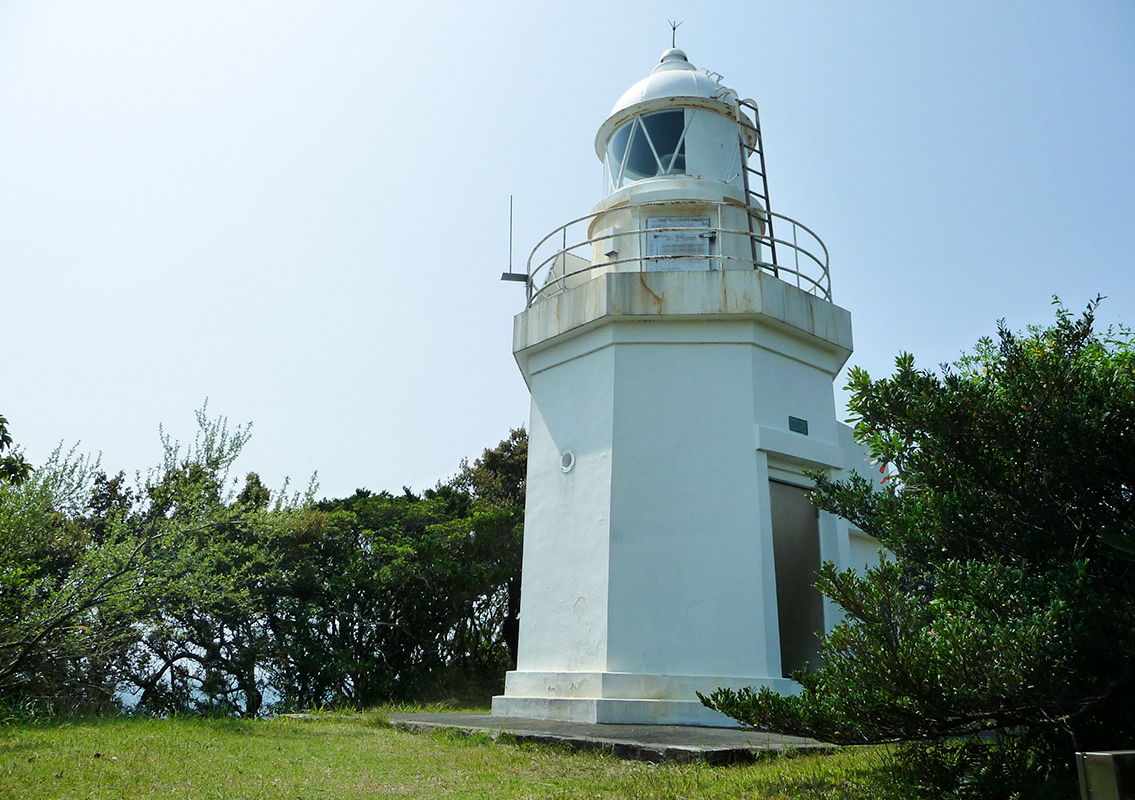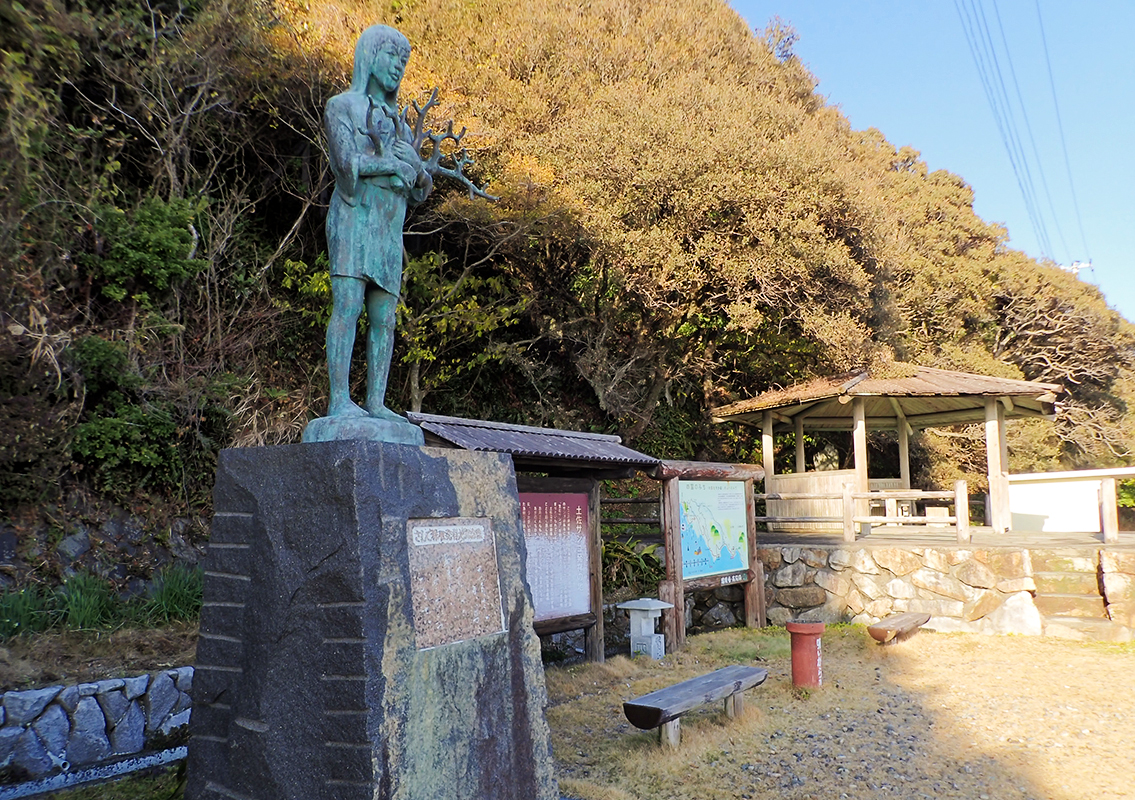Pink Coral Road

Pink Coral Road
This is a coastal course that starts from Hitogawaguchi and ends at Kozaitsuno, the birthplace of Tosa coral, and leads to the road to Gassan.If you follow the Ashizuri Sunny Road (R321) to Shidanoura, Kainokawa and Otsu, you will eventually see the Kanaezaki Coast, which is known as Cape Ashizuri of the West.The steep cliffs of Kanaezaki, the splendid sea-eroded caves, and the waves crashing on the reefs are so beautiful that the haiku poet Kawahigashi Hekigotō said, "You cannot say you have seen the Tosa landscape without seeing Kanaezaki Beach."It is said that in the past, fine quality pink coral were harvested from the sea in this vicinity.At Kosaitsuno, at the end point of the tour, a statue of a girl holding a coral, made to commemorate the birthplace of coral harvesting, looks out over the vast expanse of the ocean.
Pink Coral road (8.6 km)

 Spots to photograph
Spots to photograph
If you wish to receive a certificate, please take a photo that includes yourself at the designated photo point for each course.
Nearby sightseeing spots

-
1
 Kanaezaki
KanaezakiOn the way from Tatsukushi to Otsuki on National Route 321, a chalk-white lighthouse can be seen on a steep cliff.This lighthouse was built in 1911, and although the light source has undergone various renovations, the exterior is still the same as it was when it was first built, making it a valuable lighthouse that is still in use today.The Kanaezaki coast, known as Cape Ashizuri of the West, about which the haiku poet Hekigoto said, "You cannot say you have seen the Tosa landscape without seeing Kanaezaki Beach," has a range of steep cliffs where land meets the sea, a magnificent sea-eroded cave, rocks that look like turtles rising out of the sea, other rocky reefs scattered across the blue Pacific Ocean, and crashing silvery waves, that make up a landscape overflowing with oriental wholesomeness.
-
2
 The birthplace of Tosa coral
The birthplace of Tosa coralIt has been known since the Edo period that there are gemstone corals in the waters of the Inan Coast, including the waters off the coast of Tsukinada here.It is said that the history of Japanese coral began when a fisherman accidentally fished a pink coral.The Tosa clan strictly forbade its harvesting and speaking of its whereabouts.
This is evident in the children's song (a song that has been sung and passed down through the generations in the small village of Kozaitsuno), Otsukisan Momoiro (The Moon is peach-colored).
This song has been sung by fishermen and children who have been forced not to speak about it, and Kozaitsuno is the home of this song.
After the Meiji Restoration, the ban was lifted, and in 1873, coral harvesting by coral boats began for the first time in the waters around this area, and coral fishing progressed rapidly.In the year 1887, as many as 700 boats went out to harvest corals, and many boats from other prefectures also came to the Okinoshima area for harvesting.As a result, the number of pink and red corals has decreased and the opportunities of harvesting in this area have decreased.In this region, gem corals are still being processed to this day.



